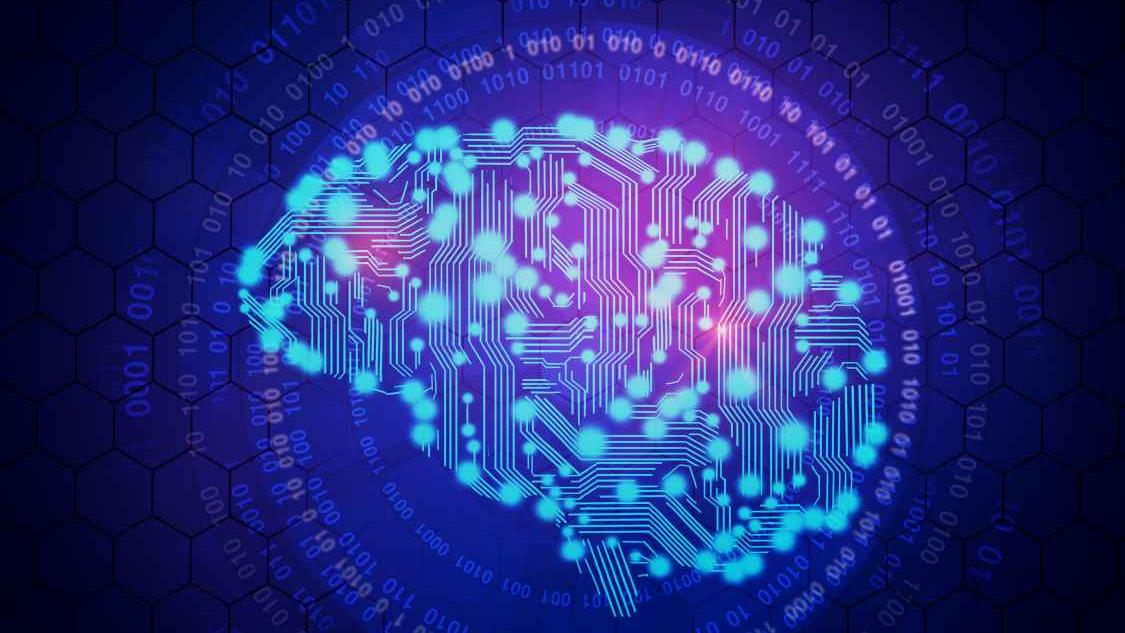by University of Birmingham
Higher-order brain mapping: schematic of the approach and applications. Credit: Nature Communications (2024). DOI: 10.1038/s41467-024-54472-y
A new way of mapping activity and connections between different regions of the brain has revealed fresh insights into how higher order functions like language, thought and attention, are organized.
Traditional models of human brain activity represent interactions in pairs between two different brain regions. This is because modeling methods have not developed sufficiently to describe more complex interactions between multiple regions.
A new approach, developed by researchers at the University of Birmingham is capable of taking signals measured through neuroimaging, and creating accurate models from these to show how different brain regions are contributing to specific functions and behaviors. The results are published in Nature Communications.
Lead researcher, Dr. Enrico Amico, said, "Complex systems like the brain depend on interactions between groups of regions, not just between pairs of regions. Although we know—in theory—that this is the case, until now we have not had the processing power required to model this."
In the study, the group used data from fMRI scans recorded as part of the Human Connectome Project. This large-scale research consortium was set up to map the human brain, connecting its structure to function and behavior.
These scans, however, can provide only "noisy" estimates of neural activity, so statistical methods are needed to clean up the data and compile accurate estimates of interactions from the neuroimaging signals.
Taking 100 unrelated subjects from the projects' databank, the team produced detailed models of higher-order interactions. They tested these in three key areas, designed to test how useful the approach is.
In the first, they were able to show it was possible to identify what task the individual might have been doing while in the fMRI scanner. In the second area of research, the team showed it was possible to identify a specific individual from their brain signals—using the signals as a sort of unique brain fingerprint for the individual. And in the third area, the researchers demonstrated how higher order brain signals of an individual could be separated out from the lower order signals, and how they can be associated with the behavioral features of each individual.
Dr. Andrea Santoro, of the CENTAI Institute in Italy, is the first author of the paper. He said, "Our approach, validated using data from healthy individuals, demonstrates the substantial advantages that this method can offer to neuroscience research. In the future, this method could also be used to help model interactions in individuals with neurodegenerative diseases, such as Alzheimer's, where they could give valuable insights into how brain function is changing over time, or even to identify pre-clinical symptoms of these conditions."
More information: Andrea Santoro et al, Higher-order connectomics of human brain function reveals local topological signatures of task decoding, individual identification, and behavior, Nature Communications (2024). DOI: 10.1038/s41467-024-54472-y
Journal information: Nature Communications
Provided by University of Birmingham







Post comments